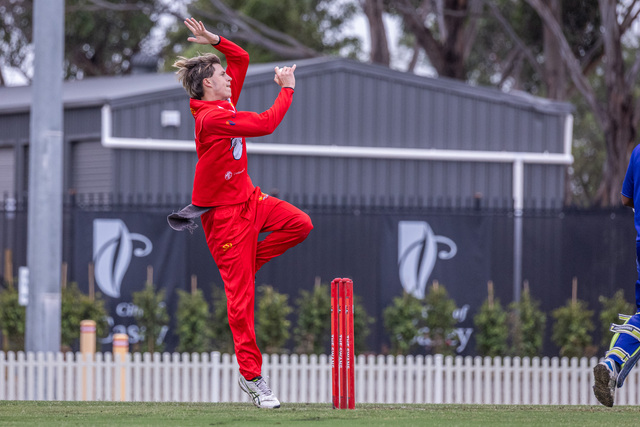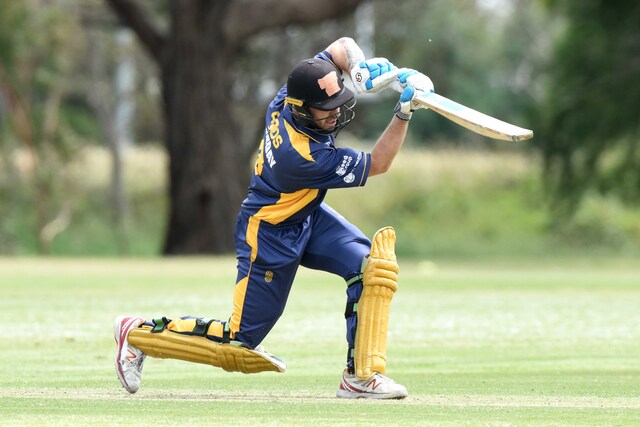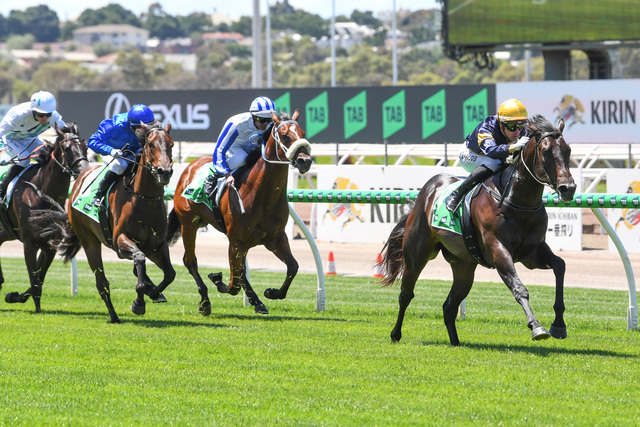Mario and Sonic at the Olympic Games, Nintendo Wii, Rating 4/5
Sore wrists – check. Strained forearms – check. Breathlessness – check. Near dehydration – check.
No, I wasn’t at the gym pumping iron, instead these injuries came after four straight hours of furiously shaking the motion-sensitive controllers of the Nintendo Wii.
Because such is life when playing Mario and Sonic at the Olympic Games, the first track and field-style game based on the forthcoming Beijing Olympics.
A friendly reminder appears every half hour or so prompting you to take a break from what is perhaps the most physically demanding game ever created for a home video game console.
But so addictive is the blend of Olympic sports with the mascots of the two vintage, powerhouse franchises of the video game industry – Mario and Sonic – that you’ll ignore the warning and keep shaking until you smash that 100-metre sprint world record.
And then you’ll likely feel like you’ve aged 80 years the next morning.
Mario and Sonic at the Olympic Games replaces the button-mashing gameplay of all previous track and field games with the Nintendo Wii’s motion-sensitive remote and nunchuck attachment.
Instead of tapping two buttons repeatedly to win a sprint, you shake the two controllers alternatively to build up speed, and in some cases hit the B-Trigger to leap over hurdles or take a breath while swimming.
In hammer throw, the Wii remote is used in a lasso motion to build up power before timing the release and hitting B-Trigger again.
It’s simple yet effective gameplay, and at times the Wii remote will challenge you in ways buttons never could.
In total there are 20 Olympic events to participate in, with some stand-out events such as the 400m sprint, 100m freestyle swim, fencing and table tennis.
There’s also a resourceful Olympic history section where you can unlock facts about the Olympic games by completing a series of arcade-like games.
The visuals are what players will come to expect from a Mario or Sonic mascot game – they’re colourful, a little cutesy, and full of exaggerated animations.
But, curiously, the stadiums and general feel of the game still retain the grandeur of Olympic participation – you really do feel it’s a special moment.
The game’s main failing is that it does not save world or Olympic records unless you are in single player mode.
It’s frustrating when you break a world record in the 4x100m relay with a mate and can not save your best time.
Overall, Mario and Sonic at the Olympic Games is fantastic fun when two, three or the maximum four people play together – just be sure to take a break more often than I did.
















